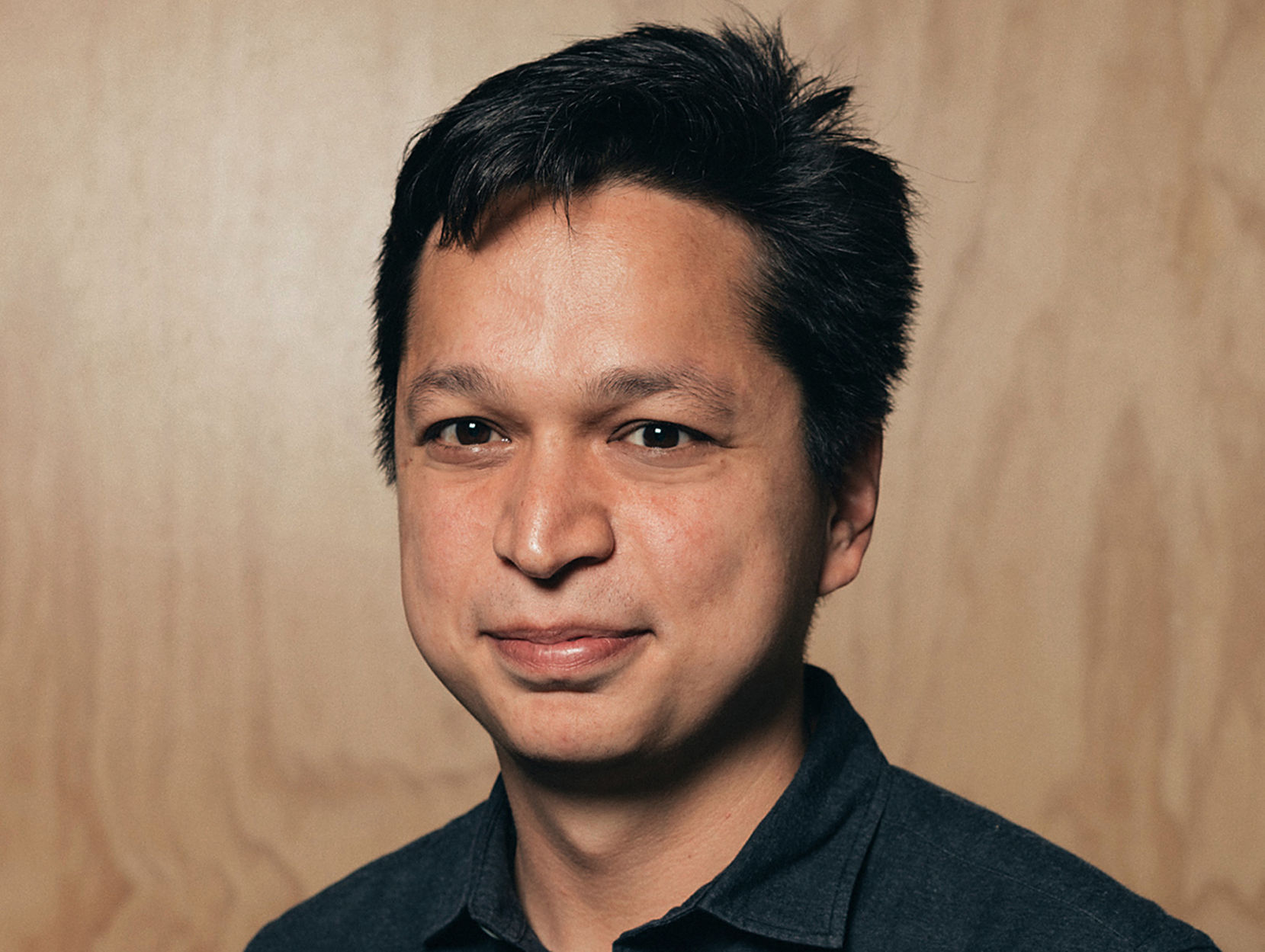NEW YORK (AP) — Pinterest often gets lumped in with social media apps like Instagram, Snapchat or Facebook, but people don’t use it to meet new people or to keep in touch with old classmates. It’s designed more to let
NEW YORK (AP) — Pinterest often gets lumped in with social media apps like Instagram, Snapchat or Facebook, but people don’t use it to meet new people or to keep in touch with old classmates. It’s designed more to let you get in touch with your own interests, tastes and hobbies.
“There other people also using it, but the goal is not to make friends with them or talk with them,” says Ben Silbermann, the company’s CEO and co-founder. “It’s really just to get ideas for your life.”
The online visual discovery service launched in 2010. Still privately held, Pinterest is valued at more than $12 billion based on its latest funding round. It has 200 million monthly users.
Silbermann spoke to The Associated Press about new technologies and competition. The interview has been edited for length and clarity.
Q: What kinds of things do you see people pinning and looking at that you weren’t seeing a year ago?
A: Every day we are surprised (by) what users think to use Pinterest for. New things that are getting really popular are things like tattoos. We see a lot of enthusiasts, car enthusiasts, woodworking enthusiasts, who are using Pinterest to get ideas for that.
Q: You are using AI, like with Lens where you can take a photo or screenshot of something and find it on Pinterest. What are some of the challenges of AI?
A: We use machine learning, or AI, in two big ways. One is to help you get personal recommendations that align with your taste. And the challenge there is that a lot of times people know what they like when they see it but they might not know how to communicate that in words. So we work really hard to try to understand your taste even if you can’t quite describe it and show you things that are similar.
And the other one is an area we call computer vision. We really think that in the future the camera is going to be the next keyboard. It’s going to be a fundamental way that you learn about the world around you.
Q: You just hit 200 million monthly users. Can you talk about the demographics of your user base now vs. when you started out?
A: A lot of our early users were in the U.S., a lot of them were women and a lot of them were in the Midwest where I grew up. So they weren’t what you think about stereotypical tech early adopters. The last couple of years we have grown really fast outside of the U.S. in places like Western Europe, Japan and Brazil. And … with that growth we see more and more diversity in how people are using the service.
Q: Can you talk about the ways Pinterest makes money and any new plans?
A: The way we make money is advertising. And the reason that advertising has always made sense to us as the right model is that people come to Pinterest to get ideas. Ideas for their home or ideas for clothes. And what they really want eventually, after they get inspiration, is to figure out, “where can I buy that?” or “where can I make that part of my life?”
That’s what some of our best advertisers are doing, helping them kind of close the loop. That’s pretty different from a lot of services where you are there to do one thing, maybe be entertained or talk to your friends or watch a show, and advertisers just say, “Hey, now that we have your attention, we’ll use that attention for something else.”
Q: Are you worried about larger competitors, like Amazon with its recent Spark feature, copying what you are doing?
A: What I always tell our team is that a lot of those companies are building the features that we released months or years ago. We need to keep focusing on building the next set of things that would make our users really happy and really love this service. There will always be competitors that are copying what have already built and have shown is working.


